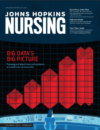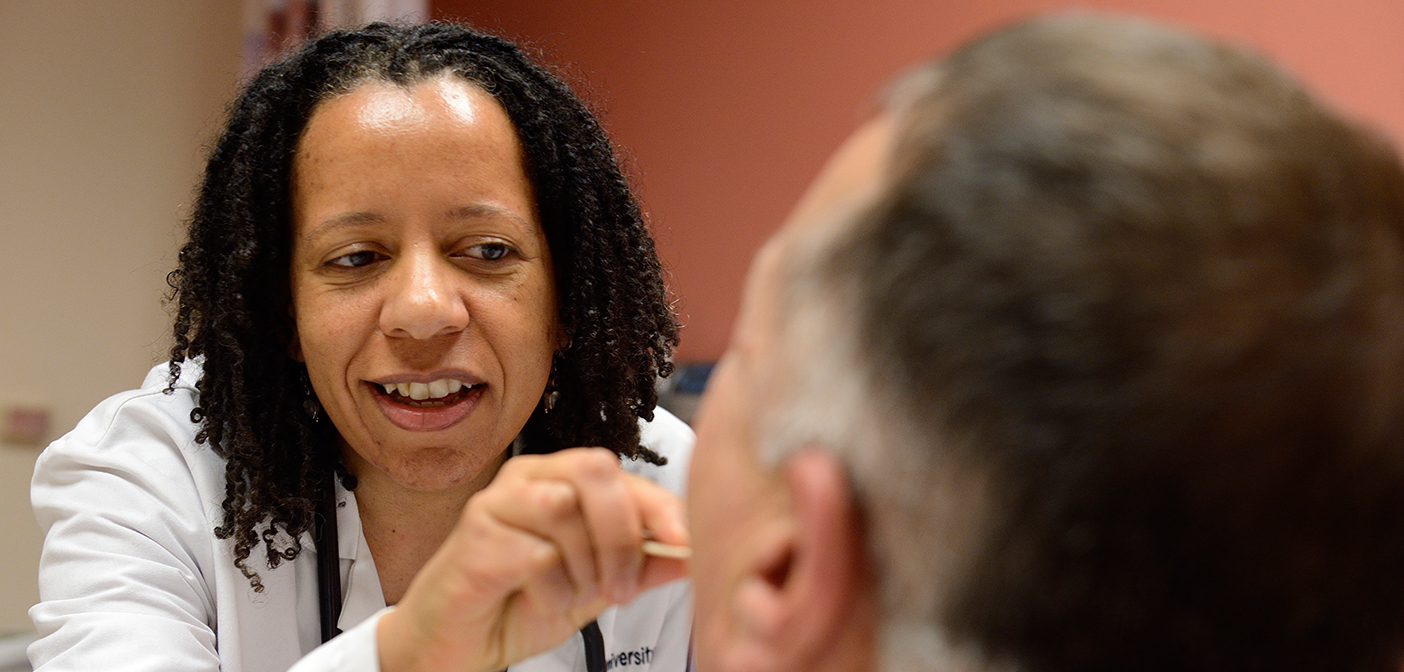Even 25 years ago, an analysis by the Office of Technology Assessment indicated that nurse practitioners could safely and effectively provide more than 90 percent of pediatric primary care and 75 percent of general primary care services. Results of the first National Sample Survey of Nurse Practitioners show that NPs are fast becoming just such a linchpin of the U.S. healthcare system. They play a critical role in extending access to primary care, especially in rural areas, and are poised to play an even greater one.
“Practice Patterns and Characteristics of Nurse Practitioners in the United States: Results From the 2012 National Sample Survey of Nurse Practitioners” appeared in the February issue of the Journal for Nurse Practitioners. In the survey commissioned by the Health Resources and Services Administration (HRSA), 96 percent of nurse practitioners reported being in clinical practice, providing direct patient care at a median salary of $82,000.
Associate Professor Kathleen White, PhD, RN, helped lead the survey as a senior advisor to HRSA’s Center for Health Workforce Analysis, the Division of Nursing and the Office of Performance Management in the Bureau of Health Professions.
Among other key findings:
- There were an estimated 154,000 licensed nurse practitioners (NPs) in the United States in 2012.
- Within the NP workforce, about 127,000 NPs were providing patient care, and nearly half of NPs in patient care (60,407) were working in primary care practices or facilities. Approximately 22,000 licensed NPs were not working in an NP position at the time of the survey; of these, approximately 11,000 were working as RNs.
- The average age within the NP workforce was 48.
- Approximately 94 percent of the total NP workforce held a graduate degree. Of the 6 percent without a graduate degree, most were individuals trained before 1992.
- Seventy-six percent of the NP workforce maintained certification in what is generally considered a primary care specialty (family, adult, pediatric, or gerontology). The most widely held certification is family NP, reported by nearly half of the NP workforce.
- More than half of the NP workforce reported working in ambulatory care settings in their principal NP positions. Nearly one-third of the NP workforce practiced in hospitals.
- Overall, NPs in the workforce reported high levels of job satisfaction. NPs were most satisfied with their level of autonomy, time spent in patient care, sense of value for what they do, and respect from physicians and colleagues.
![]() Read Highlights From the 2012 National Sample Survey of Nurse Practitioners here.
Read Highlights From the 2012 National Sample Survey of Nurse Practitioners here.

